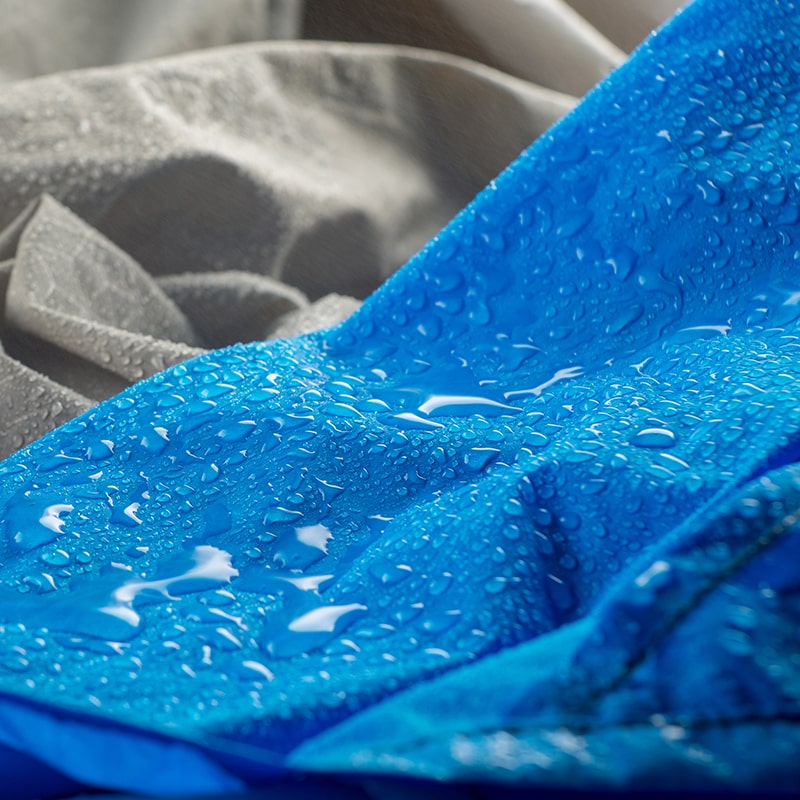As summer is fast approaching, and with the summer season also comes adventure. You are probably already dreaming of mountain climbing, hiking, or enjoying a solo experience of backpacking. One thing is common in all summer activities as it is inseparable- a backpack has always been part and parcel on the backs of fun-loving daredevils and solaces-loving people. Hence, we must give this handy tool the focus and respect it deserves.
Why Backpacks?
If this is your first summer tasting the wildness of nature, you might wonder, “Do I really need to spend money on a backpack? Won’t the bags I have, suffice? ” Anyone who sticks by his rucksack will be able to tell you how utterly wrong you are.
From the outside, size-wise, both your daily run-of-the-mill bag and a knapsack might look the same to you. Only a seasoned backpack user will know you can carry at least five more things quite easily in a travel knapsack if you know where to fit it.
A travel backpack ranges between 25 L to 60 L, which is on average, 20 L more than the capacity of any other bag that is visually the same size. If your carrying needs are not that great, you can just choose smaller backpacks, or you can opt out of a multitude of rucksack categories explicitly designed to carry all your essential items.
Besides the weight advantages, a backpack also has a comfort advantage. All the weight in the world that a knapsack carries rests comfortably on your shoulders. Even for the longest duration, only your shoulders will feel the strain, which isn’t very bad either. Compare this to a suitcase or a handbag.
All the while, you are actively using your muscles to lift the weight in order to move the bag, while a backpack just rests on your back. Over time, the pain in your arms will inevitably make you bend your body in uncomfortable ways, adding more strain on your sides and your spine.
Many backpacks are waterproof and highly durable in nature, so no matter what activity you do, and in what weather you travel, you will always be able to weather any storm.
Once you’re done using your backpack, you can just fold it and store it anywhere you want.
What Goes into A Backpack?
Due to the number of different types and styles of rucksacks available on the market, there is no one fits all answer to this question.
One common material used to make knapsacks is leather. However, it is never used as a prime component material in an “all-weather” backpack or travel bag.
Why? This is because leather wears under inclement weather. The leather is used mostly for making laptop bags, school backpacks, and the like.
Fabrics are another popular material that is utilized in the making of backpacks. The problem with fabric backpacks is they get wet rather quickly when it rains.
Even with an underneath rubber or a water-resistant material lining, the bag still gets wet, which could ruin it in the end. Fabric rucksacks are usually used to make stylish and trendy backpacks or school knapsacks.
Travel backpacks are where material resourcefulness comes into play. A lot of great backpack companies have devised their own patented backpack material, each claiming it is more weather resistant and durable than the others.

Canvas is a popular material used in building a rucksack.
A much more extensive assortment of different types of materials is used in making backpacks. Some of these are packcloth nylon, Cordura, rip-stop nylon, polyester, and cotton canvas. Which material is used for which is all left to the creativity of the manufacturer?
It is always wiser to buy material that is water-resistant (or has a water-resistant lining under to protect what’s inside) even if your needs do not demand it.
Here is a video below explaining the process of making a backpack:
Which Backpack Should You Buy?
Backpacks serve a large customer base, and each one has different needs they wish to derive from a backpack.
There is not one material superior to others where rucksacks are concerned. However, if you buy a knapsack of material that does not suit your needs, you’ll probably end up being disappointed.
Do not place a lot of emphasis on style when it comes to travel bags.
Do not go out of your way to buy a heavy-duty bag if all you do is carry a laptop to work.
The budget is another factor to consider when purchasing a rucksack. Of course, if you want good material, you will have to pay more. You will just have to do the necessary research to find which one will best suit your needs.
The size will matter too. Do not blindly go for unnecessarily large sizes (which might even cost more). Keep your needs in mind and wear the backpack once before you buy it.
Now, if you are still unsure about which hiking backpack to get for your outdoor activities, take a look here at my top recommendation for a trail backpack.
If you have any questions about choosing your backpack, please leave a comment below. I will get back to you.
Hi. I am trying to figure out how to get my art to work on my society6 backpack.
Please, how is the pocket put on the backpack?
I don’t know which type of pocket you are looking to add to your backpack, but here is a link to a YouTube video that shows you how to add a zippered pocket to a backpack.
Hopes it helps. Let me know if you need more assistance.